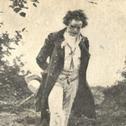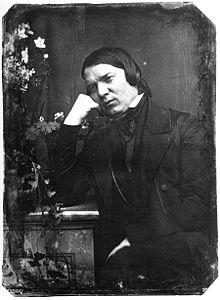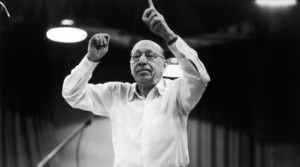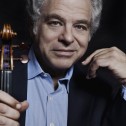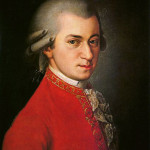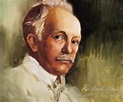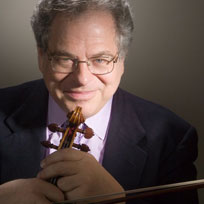Itzhak Perlman is “the reigning virtuoso of the violin.” His playing is perfect, and his joy of life is playful, too. He comes to Davies Symphony Hall, San Francisco, usually once a season; but his appearance is not always a recital. On November 4, 2025, it was just him, the violin, his pianist, Rohan de Silva, and the piano. It was a performance in which every note was the best of every note. His playing reminds his audience to treasure each moment.
He offered three pieces: Wolfgang Amadeus Mozart’s Violin Sonata in G major, K.301 (1778), Cesar Franck’s Violin Sonata in A major (1886), and Antonin Dvorak’s Violin Sonatina in G major, Opus 100 (1893). Mozart’s Violin Sonata was a delight. The music has a special place in history. In the past, the violin did not have as much music to play or presence as the piano. Mozart changed this. When he was 22 years old, he wrote five violin sonatas in Mannheim, published them in Paris, and found success. In the first movement, Allegro con spirito, each of the instruments play together, collaborate, or even pluck notes from the other instrument’s harmony. They fit together.The second movement, Allegro, is a Rondo with a rondo’s repetitions. The music is delicious; we are happy to have Mozart come close to repeat while making key changes and gracious decor.
It seems that Cesar Franck’s family, especially his father, held him back from his ability in music. He was allowed to study at the Paris Conservatory. He was good in piano and composition, but not considered brilliant. He returned to his home in Belgium and became an organist and teacher. He married against his father’s permission. That brought him out of his shell, but his bride was as controlling as his father. In 1872, he was promoted to the professorship of the organ at the Paris Conservatory. He felt the new status, and it gave him a chance to take hold of his own music. His students included successful composers such as d’Indy and Chausson. Franck reached into new directions in his compositions; his students may have picked up his discoveries. Conservatory colleagues were taken aback by the freedom Franck developed and what might be an assault on tradition. The works he wrote in the last decade of his life are full of imagination and sensuality. In the Violin Sonata in A major, he explored new techniques and musical romanticism. There is a cyclical theme that winds through all four movements. Virtuosic music, deeply Romantic, lyrical; its sounds are original. The Recitativo-fantasia, the third movement, makes order of a different order. Then, in the fourth movement, Allegretto poco mosso, the listener hears and feels oneself flinging self and emotion into the wild.
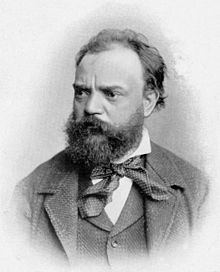 Antonin Dvorak, composer, (1841 – 1893)
Antonin Dvorak, composer, (1841 – 1893)
The story of Dvorak spending time in America is probably well known. Jeannette Meyers Thurber wanted to start a conservatory. She wanted to include women, disabled, and minority students. The National Conservatory of Music of America began in 1885. Ms Meyers Thurber wanted to receive national funding. It did not come through. She wisely sought an internationally known musician; Dvorak became the director in 1892 and left in 1895. Dvorak told his publisher that the Sonatina in G major, Opus 100 was written in part so that young people “(dedicated to my two children)” and “adults, should be able to converse with it.” As Scott Foglesong wrote, it “was stripped of Wagnerian complexities,” though it kept Classical traditions of sonatas and rondo. He included in this Sonatina, and other compositions, America’s native music including African American and Native American. The Sonatina includes folk themes and rhythms. Itzhak Perlman’s incredibly fast playing stood out and became faster and faster, but without losing the model of folk dancing. It would have to be light footed folk doing the jumps and turns. Fast jumps and turns. Perlman, the master of Franck’s attraction by lyrical music reaching out for a slow embrace, Itzhak Perlman is also the virtuoso of Dvorak’s intercultural American music.
The performers presented the wonderful ritual of Perlman & De Silva encores. After many bows, the three persons required for the encores return. The violinist, the pianist, and the page turning woman who returned to the stage carrying a stack of music books. The straight forward fiddling around deciding which piece Itzhak Perlman would play is hysterical. They think maybe this one but no, they might do this other one. Here is the list of encores on Nov. 4, 2025.
- Fritz Kreisler – Liebesfreud
- Christoph Gluck – “Melodie” from “Orfeo ed Euridice”
- Fritz Kreisler – Tambourin Chinois
- Piotr Ilyich Tchaikovsky – Chant sans paroles
- Piotr Ilyich Tchaikovsky – Humoresque
- John Williams – Theme from Schindler’s List
Each one was superb music. We do not get to hear enough of Kreisler. The encores and Perlman humor are unique. And then, he played Schindler’s List to remind us that music and life are real.
If you have the opportunity, like maybe Itzhak Perlman is performing less than 500 miles away, get the ticket. Rohan De Silva, pianist, is the tops. Together, they are perfect partners.
and, CELEBRATE ITZHAK PERLMAN’S 80TH BIRTHDAY!!!
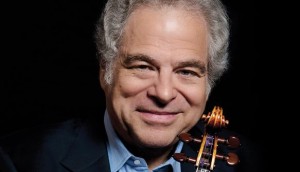 Itzhak Perlman
Itzhak Perlman Areta Zhulla, Violinist, fi
Areta Zhulla, Violinist, fi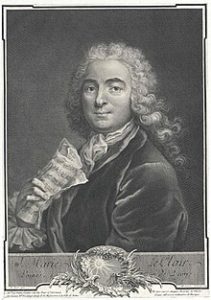
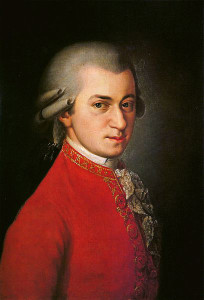 Wolfgang Amadeus Mozart, composer (1756 – 1791)*
Wolfgang Amadeus Mozart, composer (1756 – 1791)*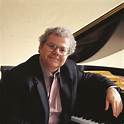 Emanuel Ax, pianist
Emanuel Ax, pianist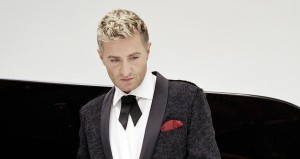
 E
E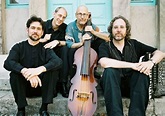
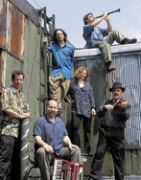 The Klezmatics: members of this band were featured artists
The Klezmatics: members of this band were featured artists 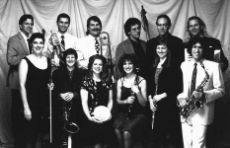
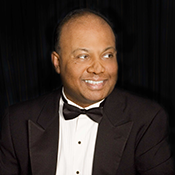 Rohan de Silva
Rohan de Silva
